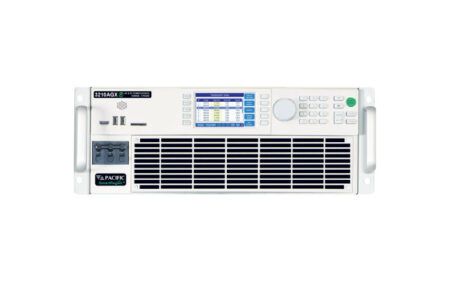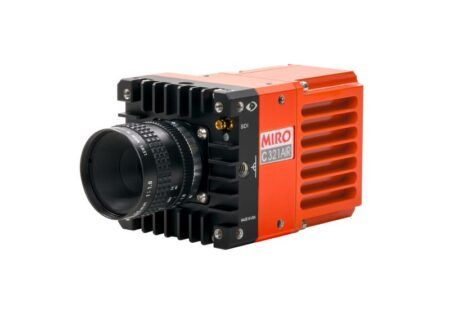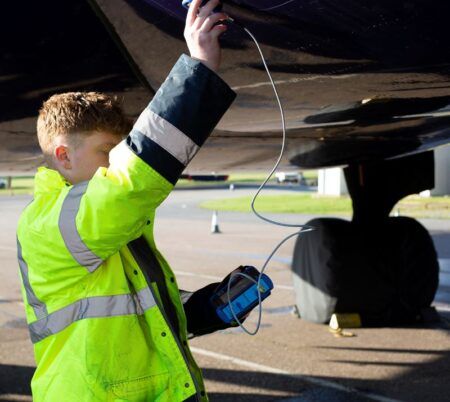Not all high-speed cameras are created equal, especially when it comes to imaging critical aspects of aerospace tests that would otherwise remain invisible. It’s important to select cameras that balance variables like fast recording speeds, high resolution and light sensitivity.
Vision Research’s ultra-high speed Phantom v2640 and v2512 cameras were recently used to successfully record very fast testing conducted on fire extinguishing units, while the compact mid-range Phantom VEOs recorded testing on retractable springs, where the required frame rate was not as high. The tests shed light on each camera family’s design and performance features.
Ameron Global Product Support, which produces aviation safety components, tests its fire suppression systems by shooting 50-caliber rounds at its extinguishers. Because these units are used in military aircraft, they must survive gunfire — particularly, tumbling bullets.
Because speeding bullets are imperceptible to the eye, Vision Research supplied its Phantom v2640 and v2512 high-speed cameras — the fastest four- and one-megapixel cameras on the market, respectively. The cameras strike a balance between fast recording speeds and high-resolution — the v2640 achieves 6,600 frames per second (fps) at full 2048 x 1952 resolution, while the v2512 achieves 25,000fps at full 1280 x 800 resolution.
To record the gunfire, Ameron engineers constructed a three-sided berm with a backstop for the bullets and a ramp with a rubber slab. Hitting this pad during the tests caused the bullets to enter the fire suppression vessels sideways — an effect known as tumbling.
The team set up the cameras so that they looked over one side of the berm. They recorded the tests at 51,000fps with a 10-microsecond shutter. While most of the vessels survived the gunfire, one did break apart when it was struck. Thanks to the high speed footage, the team could see where and how the rupture occurred.
The self-activating, extendable STACER (spiral tube and actuator for controlled extension and retraction) spring is a popular technology for remote satellites. But Hunter Spring Products, the company behind this device, has never observed its mechanics — until now. The STACER is made from a spiral-wound metal strip. When deployed, it extends rapidly under its own power into a full-length, self-supporting tube.
To see how exactly this fast-acting device deploys, Vision Research supplied its Phantom VEO 710 and VEO 640 high-speed cameras, which enabled the engineers to look at how the spring transitions from rest to full extension.
The Phantom cameras use as much light as possible so they were an ideal choice for this application, which required the team to see inside the canister as the spring exited. The Phantom VEO 710, for example, features a full-size, 1-megapixel CMOS sensor and 20-micron pixels — achieving high light sensitivity at fast recording speeds.
The cameras also balance high recording speeds and image quality — making them truly unique. The Phantom VEO 710 features frame rates over 7,000fps and 1 million fps at reduced resolutions. For applications requiring higher resolutions, the four-megapixel Phantom VEO 640 achieves over 1,400fps at full resolution.
Using the high-speed footage, the engineers at Hunter Spring Products could observe the springs’ transition from rest to extension in greater detail. This enabled them to observer that the spring resembles a Chinese yo-yo, with the tip piece rolling around the inside at high speeds. Thanks to these insights, they’ve decided to change how the STACER’s are tested.
This article was supplied by Vision Research.





